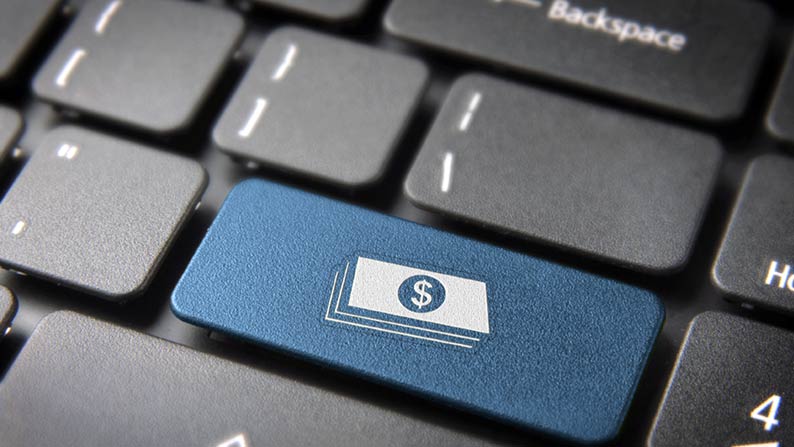Many of you may remember a commercial from the 1970s in which we would hear Ella Fitzgerald singing and would be asked, “Is it live or is it Memorex?” The point of the digital age, money, bitcoincommercial was that the reproduced sound was just as good as the live equivalent and that the listener could not tell the difference.
This technology largely predated the digital revolution. Eventually, technology would be used not only to reproduce musical effects, but to enhance them. Most singers and music groups sounded much better on digitally enhanced recordings than they did when performing live. Over time, the digital revolution made its way from music to imaging. Soon, celebrities began looking surprisingly svelte on magazine covers when immediate weight loss and body sculpting was just a few Photoshop clicks away. Technology today allows each of us to easily alter our realities if we so choose.
What does this have to do with finance and money? More than you might realize. The digital revolution has allowed the finance industry to alter investment products by more easily repackaging specific aspects of risk and return. While much of the impact has been favorable (think exchange traded funds or protective stock options), some of this has yielded disastrous consequences (think subprime mortgage pools or highly leveraged investing).
The digital age has also affected our view of money itself. I can remember how excited I was to hold the first dime I earned selling vegetables as a child. Today, most of us rarely see or use physical money given our increasing use of automatic payroll deposits, wire transfers, debit cards, credit cards, e-pay services, and old-fashioned check writing. And, traditional notions of the old printing presses have gone by the wayside as central banks around the globe have created trillions of dollars (or Euros, Yen, or Yuan) in the past few years without ever printing or exchanging any physical currency.
It may come as little surprise then that one of the best performing investments of recent times is not a stock, bond, or piece of real estate, but rather a right to own something that doesn’t exist in the physical world at all. Yes, an investor could have purchased a certificate for a digital currency many of you have probably heard about called a Bitcoin for pennies on the dollar in 2011 and sold that same Bitcoin certificate for more than $1,000 in November 2013, resulting in a gain of over 100,000%. Ironically, the value of gold, often considered an alternative currency, dropped during the same period. In 2009, the Bitcoin system was little more than an intriguing math and computing challenge. In 2013, the collective market value of bitcoins exceeded $10 billion and as of this writing, one can allegedly even use bitcoins to pay for basketball tickets (Sacramento Kings), purchase items online (Overstock.com), or fly into space (Virgin Galactic). Most recently, it was announced that Bitcoin ATMs may be on the way.
The future of Bitcoin, or any digital alternative to money, is uncertain. The road to wide-scale adoption is measured in decades and will likely be littered with failures. For instance, Mt. Gox, one of the world’s largest bitcoin exchanges, reported that roughly 6% of the world’s bitcoins – worth around $380 million at prevailing rates – had been stolen. This is an interesting notion for something that doesn’t exist in the physical world. While I don’t know if Bitcoin will survive, I believe its rapid ascent has been aided by the unprecedented global monetary experiment that was born out of the financial crisis and enabled by the digital revolution.
What does any of this mean for HoyleCohen clients? The digital age and financial crisis have created opportunities for us to offer our clients more stable returns with lower downside risk than would be available using solely traditional investment approaches. As most know, we are traditionalists at heart, but will consider and use newer approaches if we fully understand them and believe they can satisfy an unmet need without taking undue risk. Our ‘go-direct’ structured notes program and protected equity strategy are two examples of strategies made more available and cost effective by the digital age.
Alas, we have no crystal ball when it comes to predicting the future of money. While we are concerned by the monetary arms race that the digital age has enabled, we have no plans to buy Bitcoin or find a digital alternative. In the meantime, we are fortunate that the world still favors the money we use, even if we rarely see or touch it. It is a privilege we should not take for granted.

